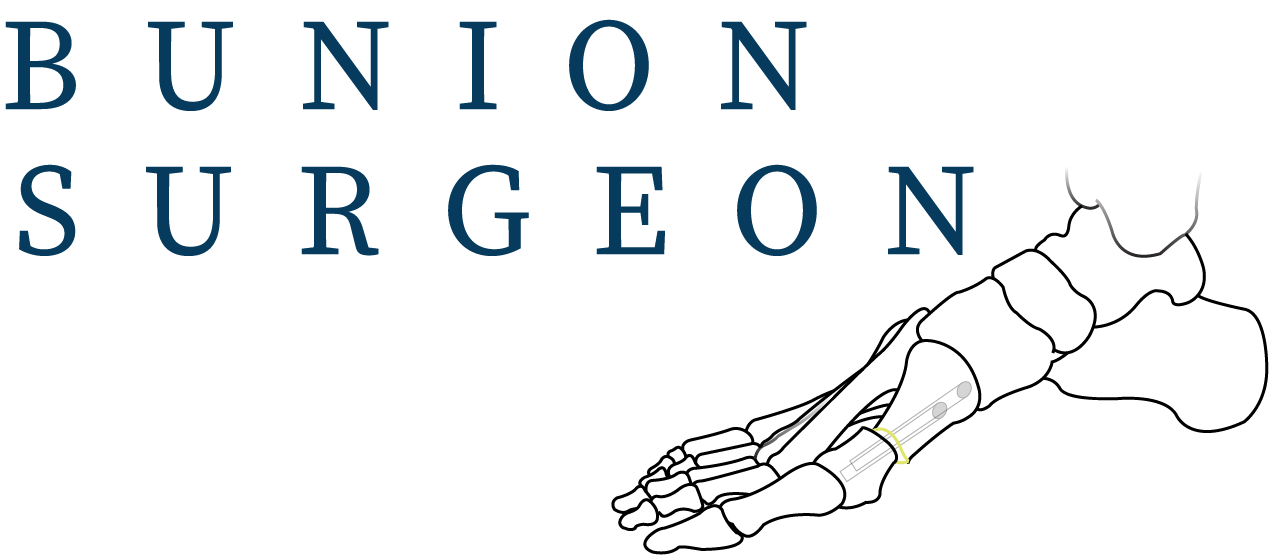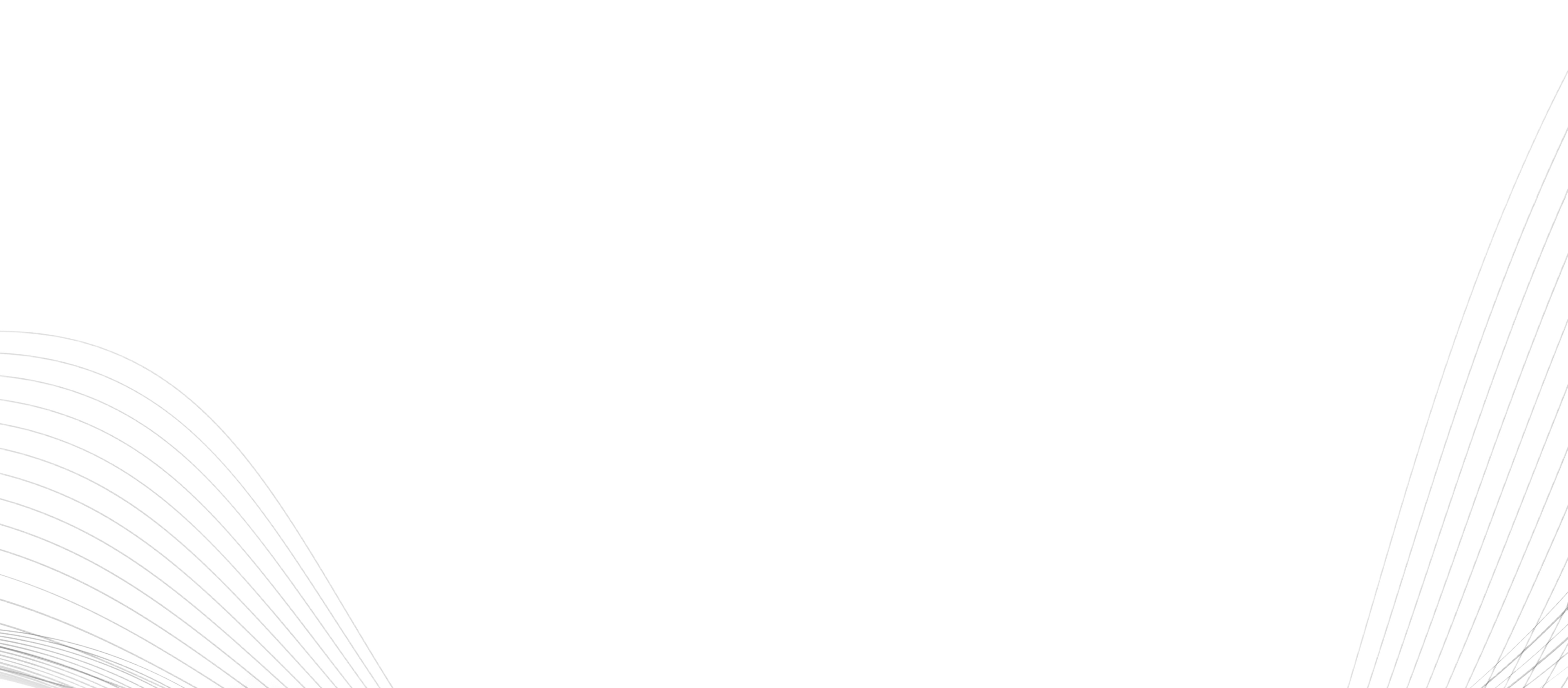

National Bunion Day
Date published: 2019-04-25
National Bunion Day is 25th April 2019, which coincides with Foot Health Month in the UK. Throughout the month Podiatrists, Podiatric Surgeons and other foot specialists are giving an extra push to raise awareness of how to take proper care of your feet.
National Bunion Day particularly focuses on one of the most common, painful and sometimes embarrassing foot conditions – Bunions.
What are Bunions?
Bunions are a progressive deformity that leads to a bony bump forming at the base of the big toe. As the bump becomes larger this can cause difficulty with footwear, such as irritation and rubbing, as well as pain and inflammation.

The exact causes of Bunions are unknown, although they are considerably more likely to develop if you have a family history. Poorly fitted shoes or shoes with high heels that place additional pressure on the toes can often aggravate painful symptoms.
Key Information
Bunions are very common; approximately ¼ of adults have a Bunion
Women experience Bunion symptoms more than men. There are approximately 10 million women with a Bunion in the UK alone.
Bunions can affect any age group and are often seen to develop in early teens, but they are more common as people get older.
Treatment of Bunions
The appropriate treatment for Bunions depends on a number of factors, including:
How much pain the Bunion is causing
Whether the Bunion is impacting on daily activities
Whether the Bunion is impacting on quality of life
How severely progressed the Bunion is
Without intervention the Bunion will continue to progress and the deformity will become more pronounced. Eventually the big toe will start to impinge against the lesser toes and cause them to deviate, resulting in overlapping and a range of secondary issues. Due to this progression, Bunions are typically categorised from Mild to Severe:

In the early stages of a Bunions development there are many effective conservative measures to alleviate symptoms and prevent the Bunion from worsening. These conservative treatments include:
Footwear
Wider Shoes
Using footwear with wide toe boxes will allow you to move without the Bunion rubbing against the sides of the shoe. This will decrease irritating or painful symptoms that are often experienced during movement.
Bunion Specific Shoes
Some designers have created shoes that are specifically designed to accommodate Bunion deformities and their progression. This is normally achieved via additional padding, shock absorbency and some even have flexible or stretchy panels beside the Bunion to accommodate the deformity.
Bespoke Footwear and Orthotics
Custom made insoles, sandals or shoes can be designed to match your unique foot type, as well as the shape and size of your Bunion deformity. This can help support the foot to prevent pain and progression of the Bunion, as well as off load areas that are particularly symptomatic.

Cushioning & Pads (over-the-counter treatments)
Splints
A Bunion splint is a device that holds the toe in correct alignment and is often worn at night. Although this will not correct the deformity, it can relieve symptoms and make it easier to sleep and move throughout the day.
Toe Spacers
These are especially helpful if your Bunion has reached the stage where your toes are overlapping. Some toe spacers can be worn in shoes or at night to relieve areas of rubbing or impingement from other toes.
Padding for your shoes
Small pads can be placed in footwear to cushion the Bunion and prevent excessive rubbing and friction.
These conservative treatments are often all that is required to reduce the impact of Bunions on daily living. However, should these measures fail, in the long run the only way at present to fully resolve the deformity is with surgery.
Bunion Surgery

Bunion surgery is typically only recommended after conservative treatment options have been tried.
There are many kinds of Bunion surgery. Some procedures are more appropriate in a particular case dependent on the severity of the Bunion and other health factors such as hypermobility, or the surgeon may favour techniques they have found to be more effective.
In all cases your surgeon will discuss the options and the particular procedure that they recommend.
Most modern procedures are minimally invasive, meaning an often swifter recovery, and can be conducted in a short period of time without the need for an overnight stay in hospital. By far the three most common procedures for correcting a Bunion deformity are:
Scarf and Akin Osteotomy
Lapidus Fusion Procedure
Minimally Invasive Bunion Correction
If you would like more information, or would like to schedule a consultation, contact our team on:
Tel: 0207 820 8007 | Email: admin@bunionsurgeon.co.uk | Address: 17 Harley Street, London, W1G 9QH